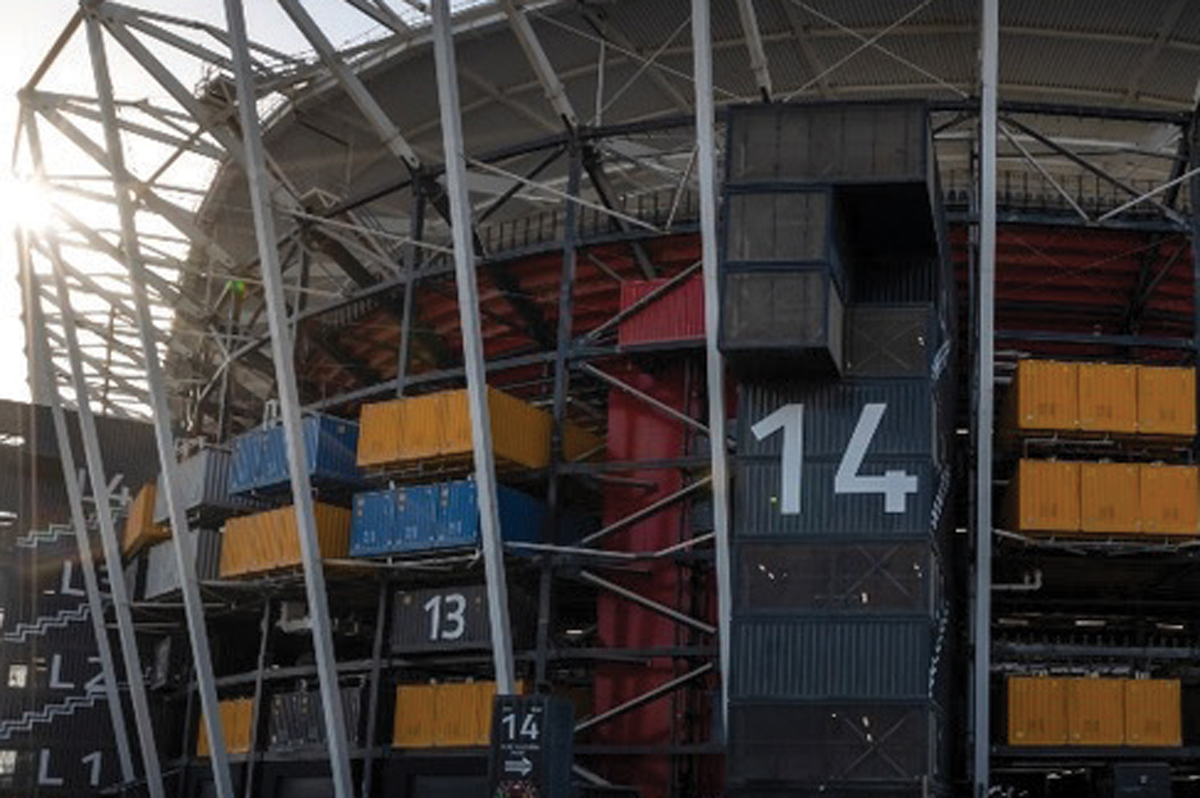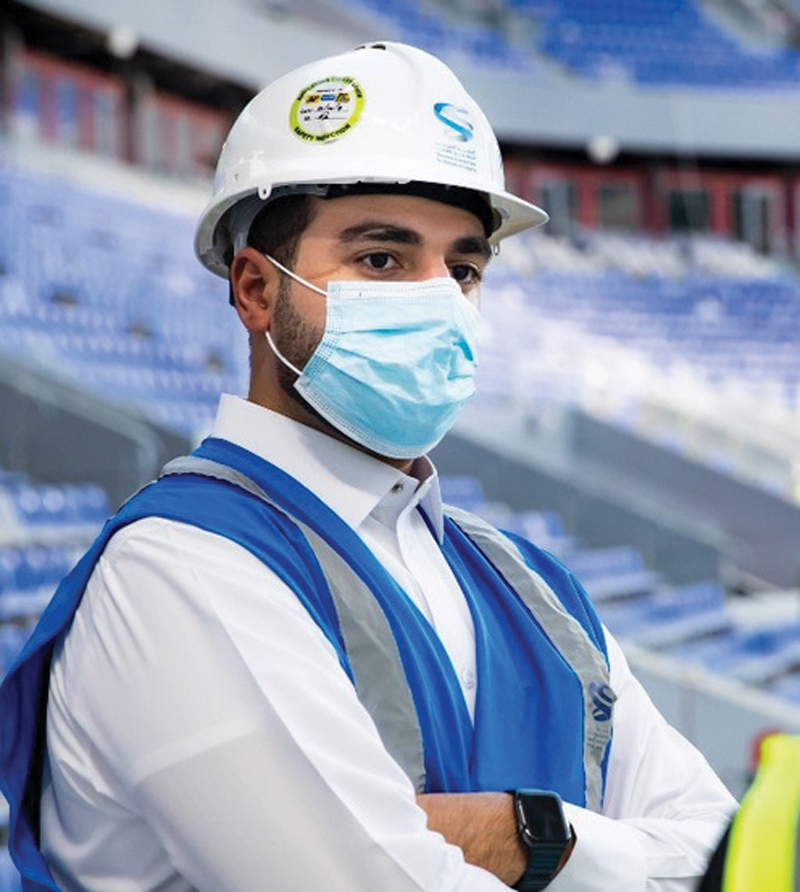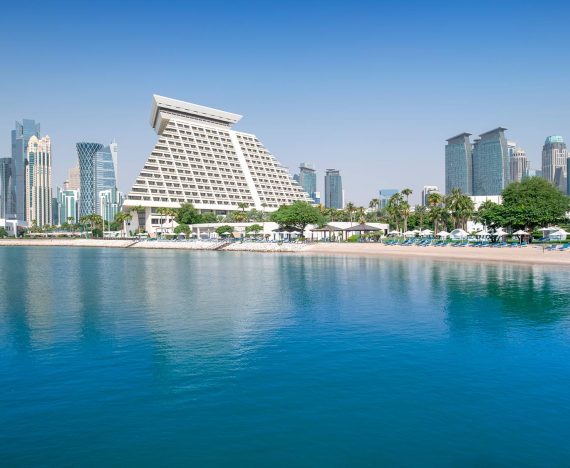CREATING HISTORY WITH SUSTAINABILITY

Qatar 2022 will be the first carbon-neutral FIFA World Cup in the history of the event.
When Qatar was awarded the right to stage the first FIFA World Cup in the Middle East and Arab world, it not only committed to organising an amazing tournament – but also a mega-event delivered in a sustainable manner.
In January 2020, the Supreme Committee for Delivery & Legacy (SC), FIFA and the FIFA World Cup Qatar 2022 LLC (Q22) published the FIFA World Cup Qatar 2022 Sustainability Strategy. It was the first such strategy to be planned and delivered jointly by FIFA, the host country and local organisers.
Part of the strategy includes the delivery of the first carbonneutral FIFA World Cup in the history of the event. To achieve this, all infrastructure projects – including the eight stadiums that will be used for Qatar 2022 – must meet stringent sustainability benchmarks.
“From the beginning, our preparation efforts for Qatar 2022 have been undertaken with the goal of building a sustainable and lasting legacy,” said Engineer Abdulrahman al-Muftah, the SC’s Sustainability and Environment Expert. “The sustainability initiatives we have implemented in our projects contribute to Qatar National Vision 2030 and will also have a positive impact on the way future world cups and other large-scale sporting events are organised around the world.”

Many of the measures taken to reduce carbon emissions are centred around the compact nature of the tournament. Fans, players and officials will fly into one airport and stay in one set of accommodation during the tournament. With the longest distance between stadiums just 75km, fans will have the opportunity to attend at least two matches in a single day during the group stage, thanks to five of the stadiums being connected to the Doha Metro and the other three accessible by connecting bus services. The SC has also worked with the hotel sector in Qatar to encourage green practices to reduce carbon emissions from accommodation.
The compact nature of Qatar 2022 will not only provide convenience for fans and an optimal performance environment for participating teams, but will also eliminate the carbon footprint of domestic air travel that fans, players and officials were required to do to attend matches in previous world cups.
Reducing carbon emissions was also factored into the building of Qatar 2022 venues. Careful consideration was given during the design and construction of the stadiums for lower energy and water consumption, the reusing and recycling of water and materials wherever possible, highly efficient cooling systems, the use of renewable energy for lighting in some stadiums, creating designs that allow for natural light, native trees and plants in stadium parklands, and efficient waste management strategies. Many of the stadiums have exceeded industry ratings by implementing non-mandated requirements for sustainability.
Another key component to achieving carbon-neutrality will be the use of solar energy to help power Qatar during the tournament. ✤
GO: VISIT WWW.QATAR2022.QA FOR MORE INFORMATION AT THE FIFA WORLD CUP QATAR 2022.





















